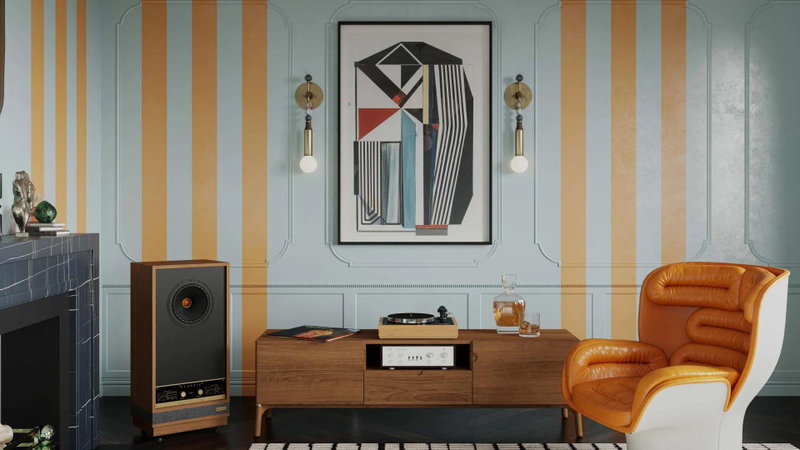The debate between vintage and modern Hi-Fi equipment has been ongoing among audiophiles for years. Vintage Hi-Fi gear holds nostalgic appeal and is praised for its craftsmanship, while modern technology boasts advanced features and superior convenience. But which is truly better? Let’s compare both to help you decide.
1. The Charm of Vintage Hi-Fi Equipment
Vintage audio equipment, often from the golden era of the 1960s to the 1980s, is renowned for its warm sound and superior build quality. Many older receivers, amplifiers, and turntables were crafted with high-quality components designed to last decades. Brands like Marantz, McIntosh, and Technics produced legendary models that remain in demand today.
Pros of Vintage Hi-Fi Gear:
- Warm, Analog Sound: Vintage amplifiers and receivers often feature tube-based or early solid-state technology that delivers a rich, full-bodied sound.
- Durability and Build Quality: Many vintage units were built with high-grade materials, making them highly durable compared to some modern mass-produced electronics.
- Aesthetic Appeal: Retro designs with wood paneling, glowing VU meters, and classic knobs give vintage equipment a unique visual charm.
- Cost-Effective (Sometimes): If found in good condition, vintage gear can be a cost-effective way to get high-quality sound.
Cons of Vintage Hi-Fi Gear:
- Maintenance and Repairs: Older components may require regular upkeep, including capacitor replacements and tube changes.
- Limited Features: Vintage equipment lacks modern conveniences like Bluetooth, digital streaming, or smart connectivity.
- Higher Power Consumption: Older models often use more electricity than their modern counterparts.
2. The Innovation of Modern Hi-Fi Equipment
Modern Hi-Fi gear integrates the latest advancements in digital audio processing, wireless connectivity, and compact design. Brands such as Denon, Cambridge Audio, and Yamaha offer sleek, feature-packed systems that cater to contemporary listening habits.
Pros of Modern Hi-Fi Gear:
- Advanced Features: Modern systems include Wi-Fi, Bluetooth, voice control, and high-resolution streaming capabilities.
- Compact and Energy-Efficient: Many modern systems take up less space and consume less power than vintage models.
- Improved Sound Accuracy: With advancements in digital-to-analog converters (DACs), equalizers, and high-resolution formats, modern gear offers more precise and distortion-free audio.
- Ease of Use: No need to worry about sourcing rare parts—modern gear is plug-and-play, often with app-controlled convenience.
Cons of Modern Hi-Fi Gear:
- Expensive for High-End Models: While budget-friendly options exist, premium modern Hi-Fi components can be quite costly.
- Less Character: Many audiophiles argue that digital sound lacks the warmth and character of vintage analog equipment.
- Plasticky Construction: Some modern Hi-Fi units use plastic components, which may feel less sturdy than vintage alternatives.
3. Which is Better? The Verdict
The choice between vintage and modern Hi-Fi equipment depends on your preferences and priorities. If you appreciate analog warmth, classic aesthetics, and are willing to maintain your gear, vintage Hi-Fi might be for you. However, if you seek convenience, modern features, and precision sound, a modern setup is the way to go.
For many audiophiles, the best solution is a hybrid approach—pairing vintage amplifiers or speakers with modern digital sources to get the best of both worlds. Whether you go vintage, modern, or mix both, the ultimate goal is a Hi-Fi experience that brings you joy every time you listen.


